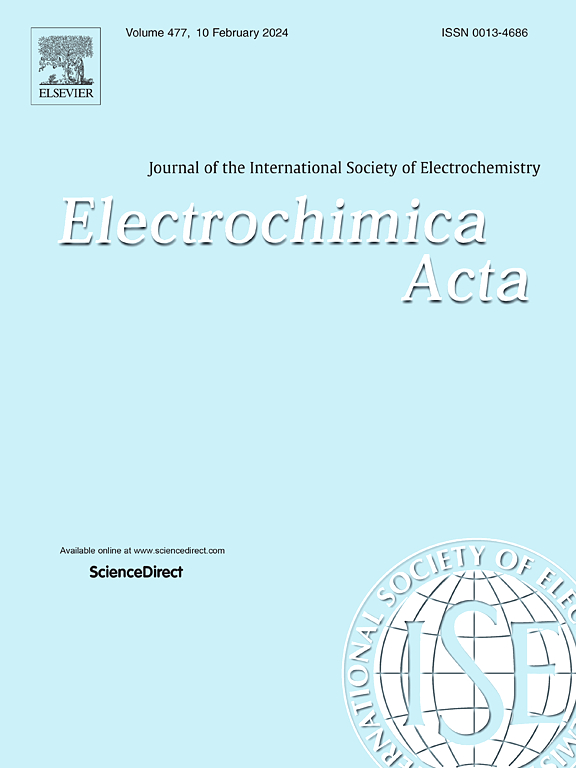研究水凝胶作为3d打印技术开发的微生物燃料电池分离器的相容性
IF 5.6
3区 材料科学
Q1 ELECTROCHEMISTRY
引用次数: 0
摘要
作为微生物燃料电池(mfc)的组成部分,水凝胶作为质子交换膜(PEM)的一种有前途的可持续替代品已经出现。本研究通过比较由膜电极组件(MEAs)和水凝胶电极组件(HEAs)组成的空气呼吸细胞和双室细胞在电化学效率、生物相容性和化学稳定性方面的性能,探讨了替代隔膜元件的可行性。结果证明了替代的可行性,这在必要的氟化膜减少方面变得尤为重要。然而,基于hea的配置产生的电压略低于配备mea的电池所达到的电压。此外,他们还表明,双室HEA配置比吸气式配置更适合于确保阳极厌氧生电细菌的适当驯化并防止干燥。这项工作强调,水凝胶代表了一种令人鼓舞的、可用的、环保的mfc解决方案,它可以加速向能源独立的过渡,并在各种应用中实现可持续的技术进步。本文章由计算机程序翻译,如有差异,请以英文原文为准。


Studying the compatibility of hydrogels as a separator for microbial fuel cells developed by 3D-printed technology
Hydrogels have emerged as a promising sustainable alternative to proton exchange membranes (PEM) as components of microbial fuel cells (MFCs). This study investigates the feasibility of the replacement of the separator element by comparing the performance of air-breathing and bicompartmental cells consisting of Membrane Electrode Assemblies (MEAs) and Hydrogel Electrode Assemblies (HEAs) in terms of electrochemical efficiency, biocompatibility and chemical stability. Results demonstrate the feasibility of the replacement, which becomes especially important in terms of the necessary reduction of fluorinated membranes. However, the voltage generated by HEA-based configurations was slightly lower than that achieved by cells equipped with MEAs. In addition, they indicate that the two-compartment HEA configuration is more suitable than the air-breathing one to ensure proper acclimation of anaerobic electrogenic bacteria in the anode and prevent desiccation. This work highlights that hydrogels represent an encouraging, available and environmentally friendly solution for MFCs, which could accelerate the transition to energy independence and sustainable technological advances in a variety of applications.
求助全文
通过发布文献求助,成功后即可免费获取论文全文。
去求助
来源期刊

Electrochimica Acta
工程技术-电化学
CiteScore
11.30
自引率
6.10%
发文量
1634
审稿时长
41 days
期刊介绍:
Electrochimica Acta is an international journal. It is intended for the publication of both original work and reviews in the field of electrochemistry. Electrochemistry should be interpreted to mean any of the research fields covered by the Divisions of the International Society of Electrochemistry listed below, as well as emerging scientific domains covered by ISE New Topics Committee.
 求助内容:
求助内容: 应助结果提醒方式:
应助结果提醒方式:


